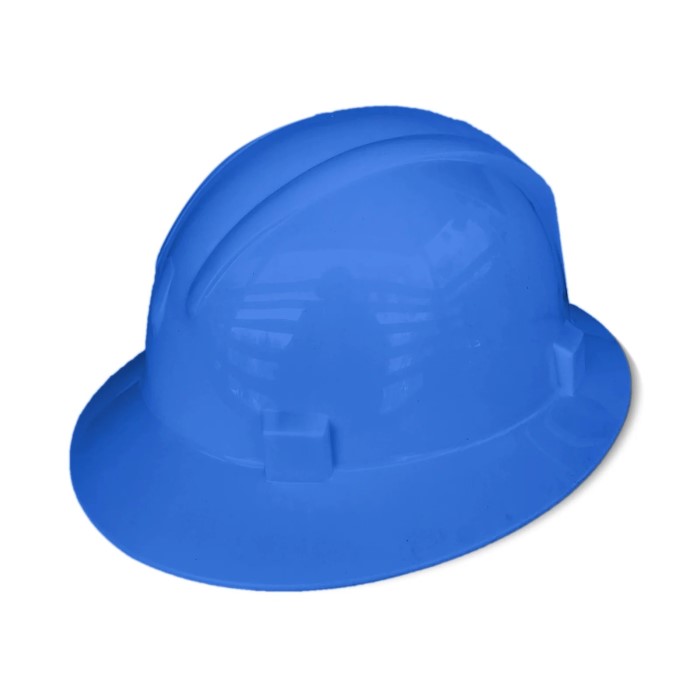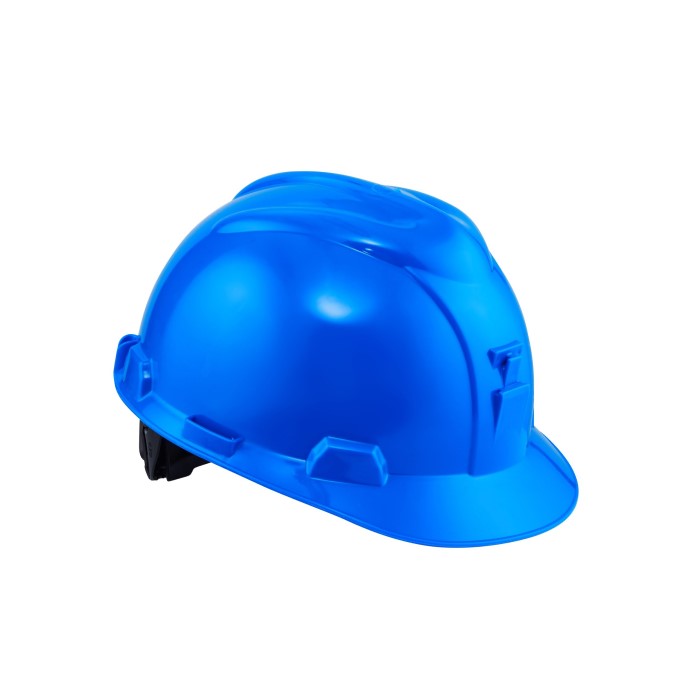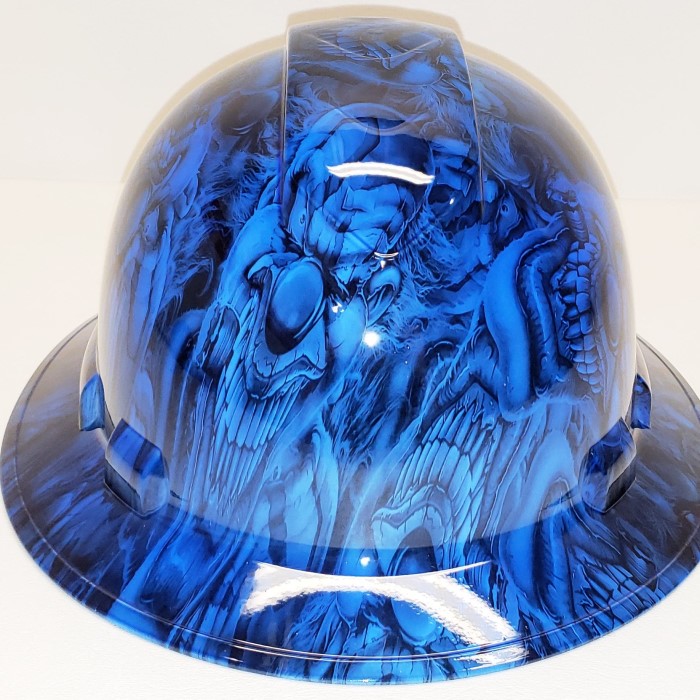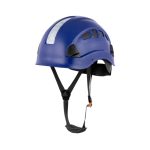Introduction
When it comes to personal protective equipment (PPE), a hard hat is an essential item for anyone working in hazardous environments. Among the various colors available, the blue hard hat stands out for both its functionality and style. But what does a blue hard hat signify? What advantages does it offer? Upgrading your safety gear to include a blue hard hat not only enhances your protection but also provides additional benefits that can improve workplace dynamics. In this article, we will explore the benefits of using a blue hard hat, decipher its meaning in the context of job sites, and provide actionable tips for maintaining your helmet.
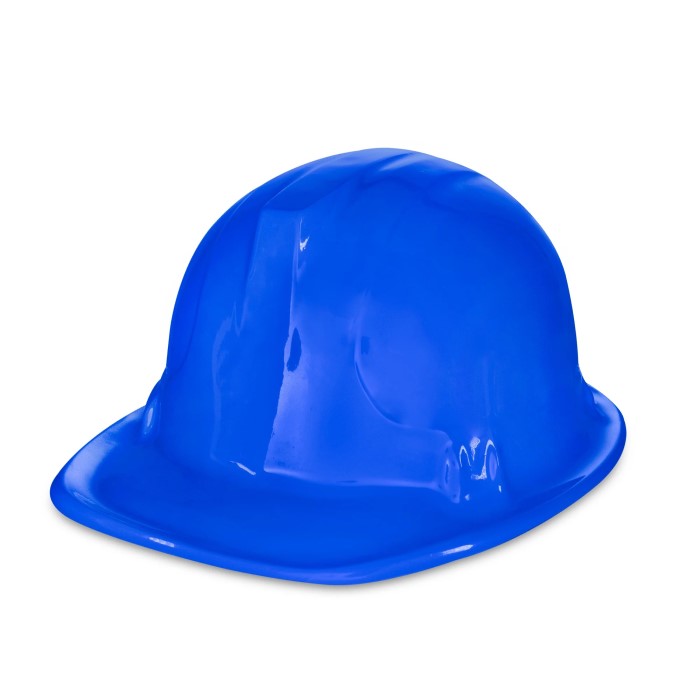
Understanding Hard Hat Color Codes
Different colors of hard hats are commonly used to denote specific roles and responsibilities on the job site. While regulations may vary between companies, many industries follow certain standard color codes. For instance, a blue hard hat is often associated with:
Supervisory Roles:
- The color blue is frequently used to represent supervisors or team leaders on construction sites.
- This color coding allows workers to quickly recognize who is in charge, fostering an environment where individuals feel comfortable approaching these leaders for support or advice.
Subcontractors:
- In certain circumstances, subcontractors may also wear blue hard hats to differentiate themselves from other workers on the site.
- This color distinction helps clarify the roles and responsibilities of various teams, making it easier for everyone to understand the structure of the workforce.
- This practice not only enhances communication among teams but also reduces potential misunderstandings about tasks and duties assigned to subcontractors.
Site Visitors:
- Companies often provide blue hard hats to visitors who come to the construction site, serving both aesthetic and safety purposes.
- Utilizing blue hard hats for visitors ensures that they are easily identifiable, setting them apart from regular site personnel.
- This distinction not only promotes safety by alerting workers to the presence of someone who may not be familiar with the specific site protocols but also helps ensure that site visitors receive the appropriate attention and assistance during their visit.
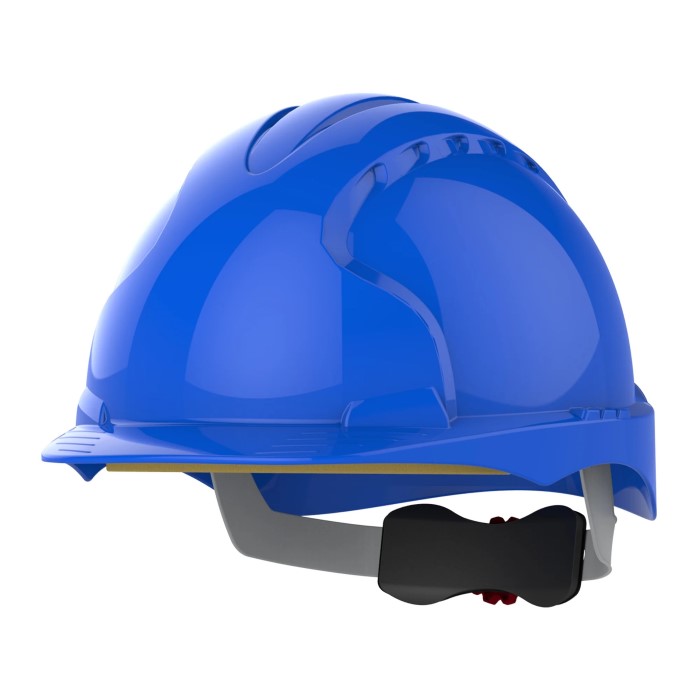
Understanding these color distinctions can significantly enhance workplace safety and improve overall project management. It allows workers to identify quickly who they can approach for assistance, thereby fostering an efficient work environment.
Key Advantages of Choosing a Blue Hard Hat
There are several compelling reasons to consider upgrading your safety gear to include a blue hard hat:
- Visibility: The bright shade of blue stands out in most construction environments, making it easier for team members to spot supervisors or safety personnel quickly. Enhanced visibility is crucial for safety, particularly in busy, outdoor settings.
- Style and Comfort: Beyond safety, many workers appreciate the aesthetic appeal of a blue hard hat. Modern designs now incorporate comfortable padding and lightweight materials. Ensuring the helmet can be worn for extended periods without discomfort.
- Durability: Blue hard hats are typically constructed from high-quality materials designed to withstand the rigors of demanding workplaces. Many are tested under strict safety standards. Ensuring they offer reliable protection against falling or flying objects.
- Versatility: Blue hard hats can use across various industries, from construction to electrical work and beyond. This versatility allows workers in different trades to maintain a professional appearance while prioritizing safety.
- Enhanced Team Dynamics: When colored hard hats are part of the uniform, they can foster a sense of identity and team cohesiveness among workers. This can contribute to a more collaborative work environment.
How to Properly Care for Your Blue Hard Hat
Proper maintenance is key to ensuring the longevity and effectiveness of your hard hat. Here are several tips to keep your blue hard hat in optimal condition:
Regular Cleaning:
- Cleaning Solution: Use a mixture of mild soap and warm water to effectively clean the exterior of your hard hat.
- Preferred Tools: Opt for a soft cloth or sponge for cleaning. As these materials are gentle and less likely to cause scratches.
- Frequency: Make it a routine to clean your hard hat regularly to ensure it remains free of dirt, grease, and contaminants.
- Safety Impact: Regular cleaning is crucial as it helps maintain the hat’s integrity and ensures that no substances compromise its protective capabilities.
Inspect for Damage:
- Routine Checks: Make it a habit to frequently inspect your hard hat for any signs of damage. Including cracks, dents, or abrasions.
- Visible Wear: Pay special attention to any visible signs of wear. As these can indicate potential failure points in the helmet’s protective materials.
- Immediate Replacement: If you detect any damage or if the hat feels compromised in any respect. Replace it immediately to guarantee proper safety and protection.
Proper Storage:
- Ideal Conditions: Store your hard hat in a cool, dry location that is away from direct sunlight to prevent degrading the materials.
- Avoid High Temperatures: Do not leave your hard hat in hot vehicles or expose it to extreme temperatures. As this can weaken the structure and reduce its efficacy.
- Storage Guidelines: Ensure that the storage environment is safe from potential damage. Such as heavy objects that could accidentally fall on the hard hat.
Replace Removable Parts:
- Component Check: Many hard hats come with adjustable straps and comfort liners that can deteriorate faster than the helmet itself.
- Condition Monitoring: Regularly inspect these components for signs of wear or damage, and replace them as necessary to ensure optimal fit and comfort.
- Safety and Comfort: Keeping these parts in good condition is essential not only for safety but also for comfort during use.
Know the Expiration Date:
- Understand Expiration: Most manufacturers provide a recommended expiration date for their hard hats, typically ranging from five to seven years based on usage and care.
- Checking Dates: Make it a routine practice to check the expiration date on your hard hat to ensure you are using a compliant safety device.
- Replacement Reminder: Be vigilant about replacing outdated hard hats to stay in compliance with safety standards and protect yourself effectively while on the job.
Frequently Asked Questions (FAQs)
To provide further insight into the importance of blue hard hats, here are some frequently asked questions:
What Does a Blue Hard Hat Mean?
A blue hard hat generally signifies supervisory roles, subcontractors, or site visitors in many industries. This color helps enhance communication and safety on-site.
Is There a Color Code for Hard Hats?
Yes, there is a color code for hard hats, but it may vary by company and industry. Commonly accepted roles include white for managers, yellow for general laborers, blue for supervisors, and red for safety personnel. Understanding this code enhances safety and ensures clear communication on the site.
How to Tell if a Hard Hat is Expired?
To determine if a hard hat has expired, locate the manufacture date printed inside the helmet. Typically, the lifespan is five to seven years, depending on usage and care. Additionally, signs of wear, such as cracks or serious surface damage, indicate that the hard hat may need replacement.
What Are the OSHA Approved Hard Hat Colors?
OSHA does not mandate specific colors for hard hats; instead, it allows industries flexibility in defining their own color codes. However, many sectors have established common practices for color meanings to enhance safety and communication on job sites.
Importance of Training and Education
To maximize the benefits of using blue hard hat, it is essential to conduct training sessions that educate workers about the significance of hard hat colors and the importance of maintaining them. Employers should foster an environment where workers feel comfortable discussing concerns regarding safety gear. In addition, ongoing training and reminders about the importance of maintaining hard hats contribute to a culture of safety.
Employers should also provide workers with easy-reference guides that outline the meanings of different hard hat colors and how to properly care for them. This easily accessible information empowers workers to make informed decisions about their protective gear, enhancing overall workplace safety.
Conclusion: Upgrade Your Safety Gear
In summary, choosing a blue hard hat can significantly enhance safety in your work environment. Understanding its implications, advantages, and proper care will help ensure that you and your team remain safe on job sites. The combination of visibility, stylish design, established role identification, and attention to maintenance practices promotes a productive and safe workplace.
With the critical role hard hats play in ensuring worker safety, upgrading to a blue hard hat is a smart move in today’s demanding job environments. By making informed decisions regarding your safety gear, you contribute positively to a culture of safety, benefiting both yourself and your colleagues. Investing in a blue hard hat is not just a choice; it’s a commitment to safety and professionalism in the workplace.
